ARMAR is a family of humanoid robots designed to assist humans in domestic, healthcare, and industrial settings. Known for its advanced dexterity and cognitive capabilities, ARMAR can perform a range of tasks, from cooking in kitchens to supporting assembly lines. Its ability to understand and respond to human gestures and voice commands makes it a valuable collaborator. The latest iteration, ARMAR-6, represents the cutting edge of assistive robotics, equipped with enhanced AI systems for seamless integration into smart environments.
ARMAR was developed by Karlsruhe Institute of Technology (KIT) in Germany. The project is a culmination of years of research in robotics, AI, and human-robot collaboration, with contributions from multiple academic and industrial partners. Each version of ARMAR showcases innovations in robot autonomy, interaction, and mechanical design.
- Manufacturer: Karlsruhe Institute of Technology (KIT), Germany
- Year of Development: 2000 (initial version), with ongoing updates to ARMAR-6 in 2018
- Industry: Assistive Robotics and Human-Robot Collaboration
- Dimensions:
- Height: Approximately 1.65 m (5.4 feet)
- Weight: 60-70 kg (varies by version)
- Actuation and Mobility:
- 43 Degrees of Freedom (DOF) for smooth and precise motion
- Dual-arm setup with 7-DOF arms for dexterous manipulation
- Sensors and Cameras:
- RGB-D cameras for 3D vision and object recognition
- Force/torque sensors for handling delicate tasks
- Microphones for auditory input and voice commands
- Processing Unit:
- High-performance onboard computers with real-time processing
- AI-based task planning and learning systems
- Integration with Robot Operating System (ROS) for modular programming
- Power Supply:
- Hybrid power system for stationary and mobile applications
- Connectivity:
- Wi-Fi and Ethernet for remote monitoring and updates
- Interface with smart environments and IoT devices
Features
- Human-Like Dexterity: Dual arms with grippers for complex object manipulation.
- Cognitive Assistance: AI-driven interaction for performing tasks such as fetching objects or assembling components.
- Multi-Modal Interaction: Communicates through voice, gestures, and visual cues.
- Collaborative Design: Built for shared tasks with humans in homes, healthcare, and industrial environments.
- Self-Learning Abilities: Employs machine learning to improve efficiency over time.
- Advanced Navigation: Equipped with 3D mapping and obstacle avoidance for safe movement in dynamic spaces.


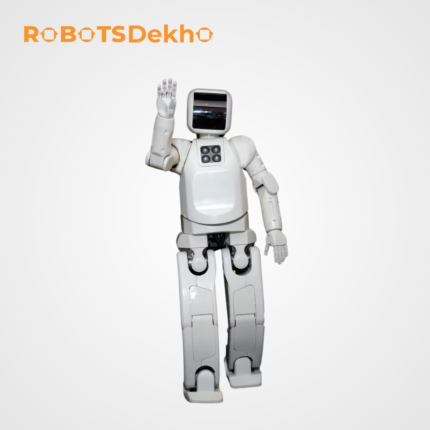
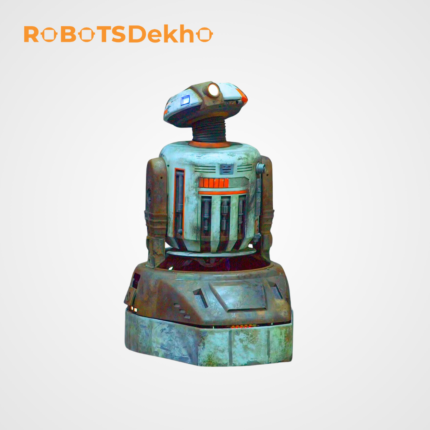
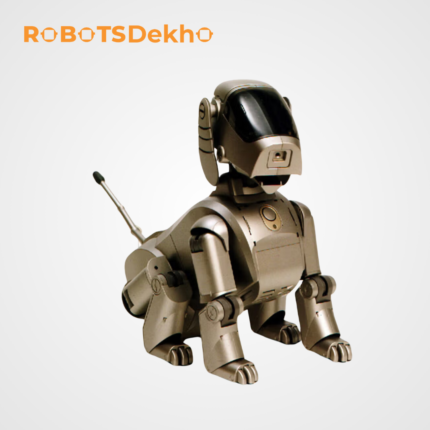
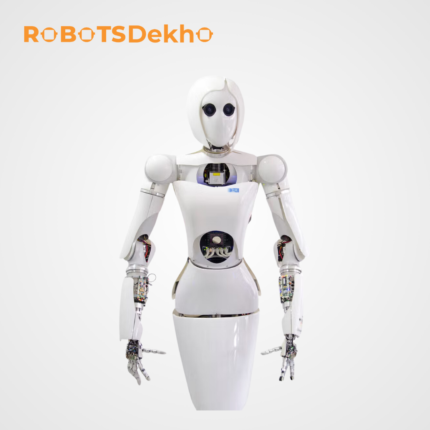
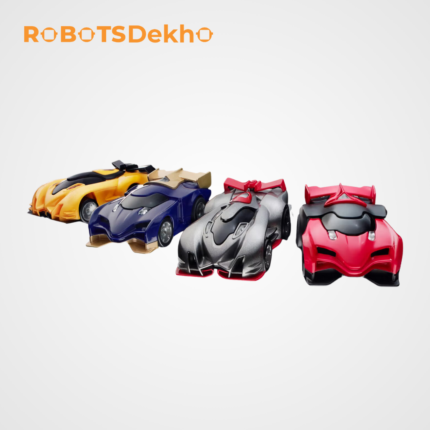
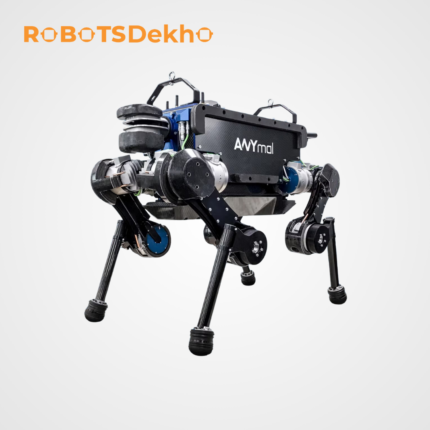
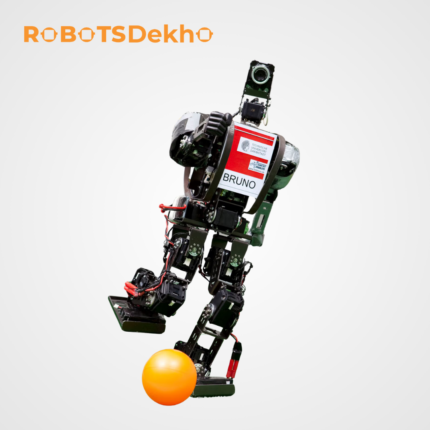
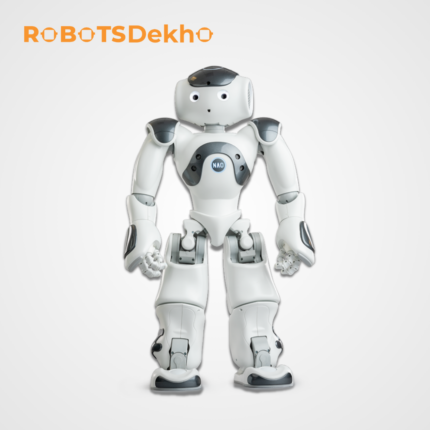
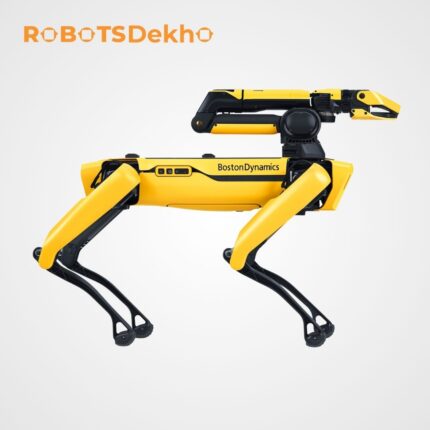
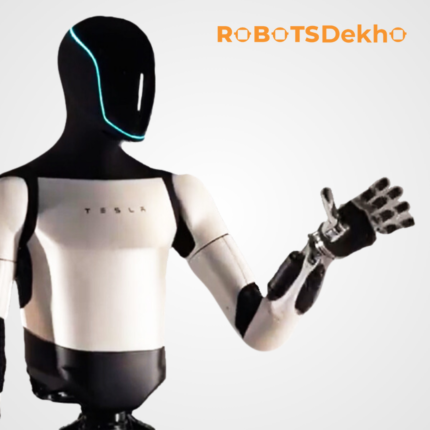
Reviews
There are no reviews yet.